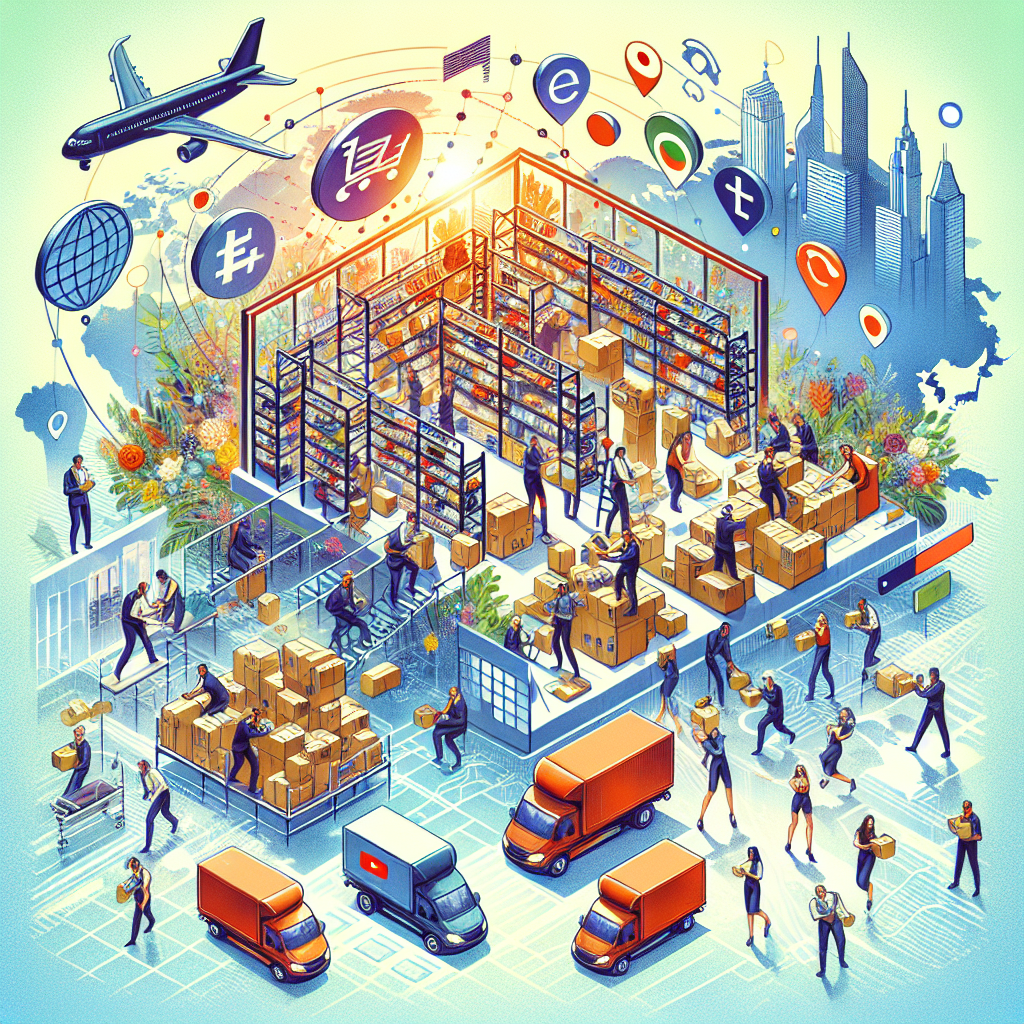
Online Shopping in Europe Sees Growth Amid Strong Competition
The online shopping landscape in Europe is evolving rapidly, marked by accelerating growth amid fierce competition among major retailers. As consumers become increasingly accustomed to digital shopping, businesses are adapting and innovating to capture a greater share of this lucrative market. This article delves into the current trends defining the online shopping experience in Europe, the challenges retailers face, and the strategies they employ to maintain relevance and competitiveness in this dynamic space.
Current Trends in Online Shopping
Online shopping in Europe has shown promising signs of recovery and growth, following a tumultuous period influenced by the pandemic. Several trends are shaping the present and future of e-commerce:
- Shift Towards Experience Over Products: Consumers are increasingly looking for immersive shopping experiences. Retailers are adapting by integrating augmented reality (AR) and virtual reality (VR) into their platforms, allowing customers to visualize products in their own spaces before making a purchase.
- Personalization Technology: Advanced algorithms and artificial intelligence (AI) are being employed by retailers to offer personalized shopping experiences, from tailored recommendations to custom selections catering to individual preferences.
- Social Commerce: Social media platforms are becoming critical sales channels, with businesses leveraging Instagram and TikTok not just for branding but for direct sales through shoppable posts.
- Sustainability Focus: A noticeable shift towards sustainability has been seen, with consumers favoring brands that promote ethical practices and sustainable products. Retailers are responding by incorporating eco-friendly options and transparent sourcing into their business models.
The Impact of Consumer Behavior
Understanding consumer behavior is crucial to grasping the dynamics of online shopping growth in Europe. Here are key behavioral shifts influencing buying patterns:
- Increased Price Sensitivity: As the cost of living rises across many European countries, consumers are becoming more price-conscious and are more likely to hunt for sales, discounts, and better deals.
- Enhanced Trust in E-commerce: The pandemic has accelerated the acceptance of online shopping, resulting in a greater trust in digital transactions, even among traditionally hesitant demographics.
- Demand for Convenience: The convenience of online shopping continues to dominate consumer preferences. Fast and reliable delivery options, alongside streamlined purchasing processes, are now expectations rather than perks.
Challenges Facing Retailers
Despite the promising growth trajectory, retailers in Europe face significant challenges that could impact their success:
- Intense Competition: The e-commerce space is saturated with both established players and new entrants, leading to aggressive competition that drives down profit margins.
- Logistical Hurdles: With increased demand comes the challenge of maintaining efficient logistics and delivery systems. Retailers must invest in optimization strategies to meet customer expectations for quick and cost-effective delivery.
- Regulatory Compliance: With the new EU regulations on data protection, retailers must navigate complex legal landscapes while ensuring compliance to protect customer information.
- Changing Economic Landscape: Uncertain economic conditions, including inflation and geopolitical crises, can dampen consumer spending, requiring retailers to be agile and responsive to changing market dynamics.
Strategies for Success
To thrive in this competitive e-commerce environment, retailers are adopting various strategies:
- Omni-channel Retailing: Brands are integrating their online and offline channels to create a seamless shopping experience. This includes offering click-and-collect services and allowing returns in-store for online purchases.
- Investment in Technology: Retailers are leveraging technology to enhance user experience. This includes the deployment of AI for improved customer service through chatbots and cognitive features that enhance product discovery.
- Leveraging Data Analytics: By collecting and analyzing customer data, retailers can make informed decisions about inventory management, marketing strategies, and customer engagement efforts, ensuring they meet the evolving needs of their audience.
- Building Brand Loyalty: Emphasis on customer loyalty programs is becoming more prominent. Retailers are rewarding loyal customers with discounts, exclusive access, and unique experiences to encourage repeat purchases.
The Future of Online Shopping in Europe
The trajectory of online shopping in Europe is bright, with continued growth expected as technology evolves and consumer preferences shift. The key to long-term success will lie in the ability of retailers to:
- Adapt to Change: Embracing change and being agile in response to market trends will be crucial. Retailers must be willing to pivot their strategies to meet consumer expectations.
- Focus on Sustainability: As the demand for sustainable practices grows, retailers will need to incorporate eco-friendly strategies throughout their operations, from sourcing to packaging.
- Enhance Customer Experiences: Creating memorable and valuable shopping experiences will be essential. Retailers should focus on delivering high-quality engagement throughout the customer journey.
In conclusion, while the online shopping market in Europe is experiencing a renaissance, it is also characterized by fierce competition and evolving consumer expectations. Retailers must innovate, personalize, and prioritize customer satisfaction to carve out their niches in this increasingly crowded landscape. Success will depend on their ability to navigate challenges and continually adapt to an ever-changing e-commerce environment.



